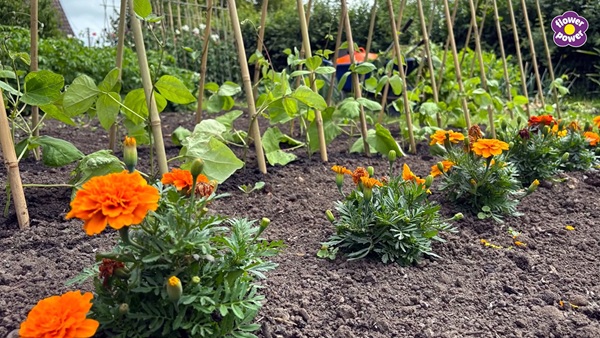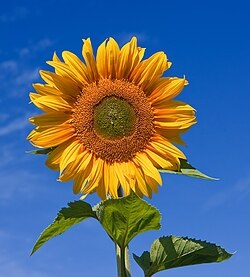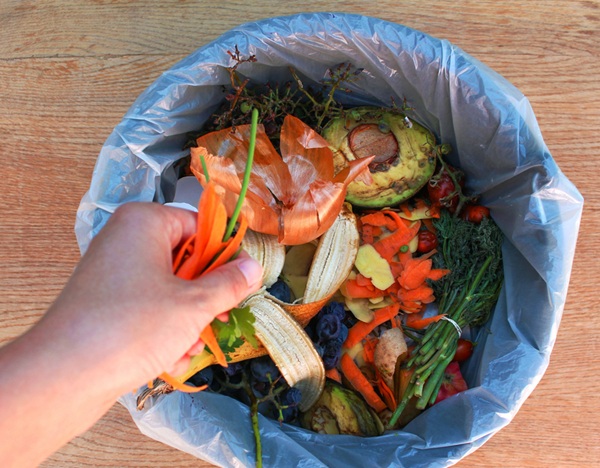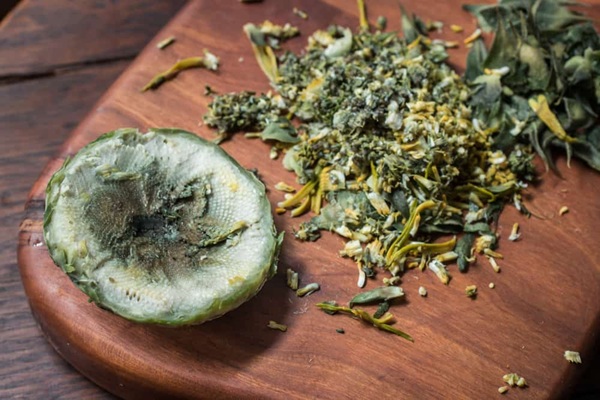


In life nothing happens when it is wanted, especially with local authorities who often take a long time to deal with issues that need their attention. As a result it is a hard battle to achieve what you want.
Over five years ago The East London Garden Society introduced to Tower Hamlets Council an alternative more positive way for food waste recycling but we were told to go away many times. However, after a lot of perseverance we achieved a pyrrhic victory.
Tower Hamlets has now conceded that money can be saved with the aerobic method of organic waste recycling. The Council has made no contact with The East London Garden Society about their decision to use this new method despite our previous recommendation.
Having achieved what we wanted, The East London Garden Society wishes Tower Hamlets Council every success in their new food waste recycling system. It’s now up to us to support them and follow their instructions for the disposal of our food waste.
If you value having someone campaign on your behalf to protect the environment and having access to useful articles about gardening and local environmental matters, please make a donation to help us with the cost of maintaining The East London Garden Society.

If you’ve ever poured your energy into growing vegetables only to watch them wilt, weaken, or fall prey to pests, you’re not alone. The missing piece in many struggling gardens isn’t fertilizer, more watering, or better tools – it’s flowers. Not for looks, but for function.
Flowers are the most underused tool in the gardener’s toolkit, and the science is catching up to what experienced growers have known all along: your vegetables thrive when they’re surrounded by the right blooms.
Most people treat flowers and vegetables like they belong in separate worlds – one for beauty, the other for food. But that separation is costing you time, yield, and resilience. When you rely on synthetic pest control or isolated rows of crops, you’re working against nature’s built-in systems. You’re left doing more of the labour yourself – spraying, weeding, watering, and battling burnout.
Instead, think of your garden as a living, layered system. One that works better when flowers pull in pollinators, when their roots break up compacted soil, and when their scent and shape bring balance to the chaos above and below ground. You don’t need a massive plot or perfect conditions. You need strategic choices – flowers that multitask, protect, and support your veggies from seed to harvest. Here’s how to bring that strategy to life.
Instead of relying on pesticides, Modern Farmer highlights how planting wildflowers at the edges of your beds brings in natural predators that keep pest outbreaks in check. They attract insects that feed on destructive bugs before they cause damage. Wildflowers also reinforce soil health and promote nutrient cycling, which helps your garden stay productive and resilient long term.

Helios was loved by Clytia but he spurned her for the love of Leucothoe, Clytia told Leucothoe's father, who buried Leucothoe in a ditch where she died. Afterwards Helios refused to look at Clytia and she turned into a sunflower.
Sunflowers originated in North America, where Native Americans cultivated them for food, oil, and dyes over 4,500 years ago. Spanish explorers introduced the plant to Europe around 1510, and by the 18th century, Russia had become a major centre for sunflower oil production, partly due to religious restrictions on other oils during Lent.
The flower gained popularity as a decorative item in Europe and became a beloved subject for artists like Van Gogh. Today, sunflowers are grown globally for their seeds, oil, and decorative beauty.
Sunflowers (Helianthus annuus) are native to North America. Native American cultures cultivated sunflowers for thousands of years, with domestication occurring around 3000 BC to 4500 years ago.
They used sunflowers for various purposes, including:
Spanish explorers brought sunflower seeds to Europe around the early 1500s. The flower was initially appreciated for its ornamental beauty and beauty.
Peter the Great promoted sunflower cultivation in Russia in the 18th century. The Russian Orthodox Church's ban on many oil-containing foods during Lent made sunflower oil permissible, boosting the plant's popularity. By the 19th century, Russia was a major producer of sunflower oil on a commercial scale.
Sunflowers became a popular subject for Impressionist artists in the late 19th century, with figures like Van Gogh painting their iconic versions. The flower was also embraced by French royalty, with Louis XIV claiming the sunflower as his symbol. Today, the sunflower is a globally recognized flower, admired for its beauty and cultivated in over 70 countries.

Laws are now in place for food waste recycling, so food waste must be digested by the anaerobic or the aerobic method with local composting, for example at a community garden. No landfill of food waste is now allowed.
The anaerobic method digests the majority of food waste leaving gasses to be burnt off or utilised in another way. The aerobic method takes all organic waste converting it within a 24 hour period into a nutrient rich soil, readily usable for gardens etc. The aerobic method is relatively new, and saves carbon entering into the atmosphere.
Over the past few years, The East London Garden Society has had numerous meetings with Tower Hamlets Council during which Geoff Juden, the Chairman, informed the Council of the aerobic method and its benefits.
Aerobic digestion is a process in sewage treatment designed to reduce the volume of sewage sludge and make it suitable for subsequent use. More recently, technology has been developed that allows the treatment and reduction of other organic waste, such as food, cardboard and horticultural waste.
It is a bacterial process occurring in the presence of oxygen. Bacteria rapidly consume organic matter and convert it into carbon dioxide, water and a range of lower molecular weight organic compounds. As there is no new supply of organic material from sewage, the activated sludge biota begin to die and are used as food by saprotrophic bacteria. This stage of the process is known as endogenous respiration and it is a process that reduces the solid concentration in the sludge.
As with all methods of food waste recycling the public must participate and follow the requirements of the scheme. It is in their interests to do so since they will gain the benefits in the long-term by improving the environment.
Tower Hamlets Council like many other local authorities chose to place food waste bins on streets for the public to use. However, the public frequently place material in the bins which contaminate the process, making it unworkable.
However, The London Borough of Tower Hamlets have now chosen the aerobic method of organic waste recycling, so congratulations to them. Although many organisations are using this as the preferred method, local authorities have been slow to adopt it.
Watch the video to see how such a system works.

The East London Garden Society is working hard to produce a walking route from Bishopsgate to Purfleet.
Up to now we have been concentrating on the present impasse for a bridge across The Lower Roding River. So, in 2026 we hope to develop a walk from the RSPB sanctuary at Purfleet walking westward along the banks of the River Thames, securing the end of The Great Eastern Parks Route.
We are also committed to producing an app for the route, which we hope will materialise in the next six months with the assistance of AI and a forest on top of arches of the Bishopsgate goods yard.
We are working with others on trying to provide a viable programme of events throughout east London. As some of you may be aware we had a dry run with our boat trip this year, on which we wish to capitalise.
There are many groups throughout east London. Should you wish to be involved at any level, contact us and we will point you in the right direction.
Immature sunflower heads, prepared like artichokes.

The recipe is easily scaled depending on how many heads you have.